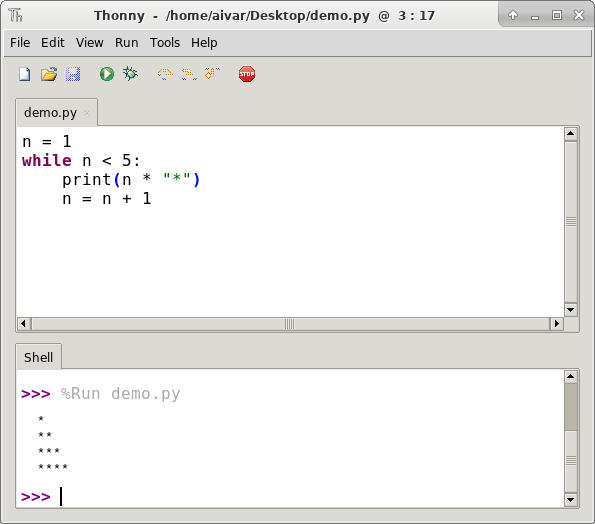
Objective = cp.Maximize(cp.sum(x, axis=0)) Here, solution contains the value of the objective function, and x.value is the column matrix, containing the values of x i. Step 5: Print the maximised objective funstion, and the x values print(solution) problem = cp.Problem(objective, constraints) The problem is defined by the objective function and the constraints. Step 4: Define the problem and then solve it Here the objective function is z = x 1 + x 2 objective = cp.Maximize(cp.sum(x, axis=0))įor an objective function z = 3 x 1 + 4 x 2, define a new 1 dimensional array containing the different parameters in the objective function as follows: r = np.array() Since both of their constraints are the same, we can define the constraint in a single line, by making the matrix =0]

The above lines first make a 2 x 2 matrix (as described in the table above). To include it in our code, use import cvxpy as cp To install this library, use the following command: pip3 install cvxpy Here, we use the library, cvxpy to find the solution of the linear programming problem(lpp).
DEFINING A MATRIX IN USING THONNY HOW TO
Learn how to formulate Linear Programming problemsĭecision variables: X 1, X 2, X 3. We have solved linear programming problems in Python using cvxpy library. Linear programming requires that all the mathematical functions in the model be linear functions.

Mathematical Programming is used to find the best or optimal solution to a problem that requires a decision or set of decisions about how best to use a set of limited resources to achieve a state goal of objectives.


 0 kommentar(er)
0 kommentar(er)
